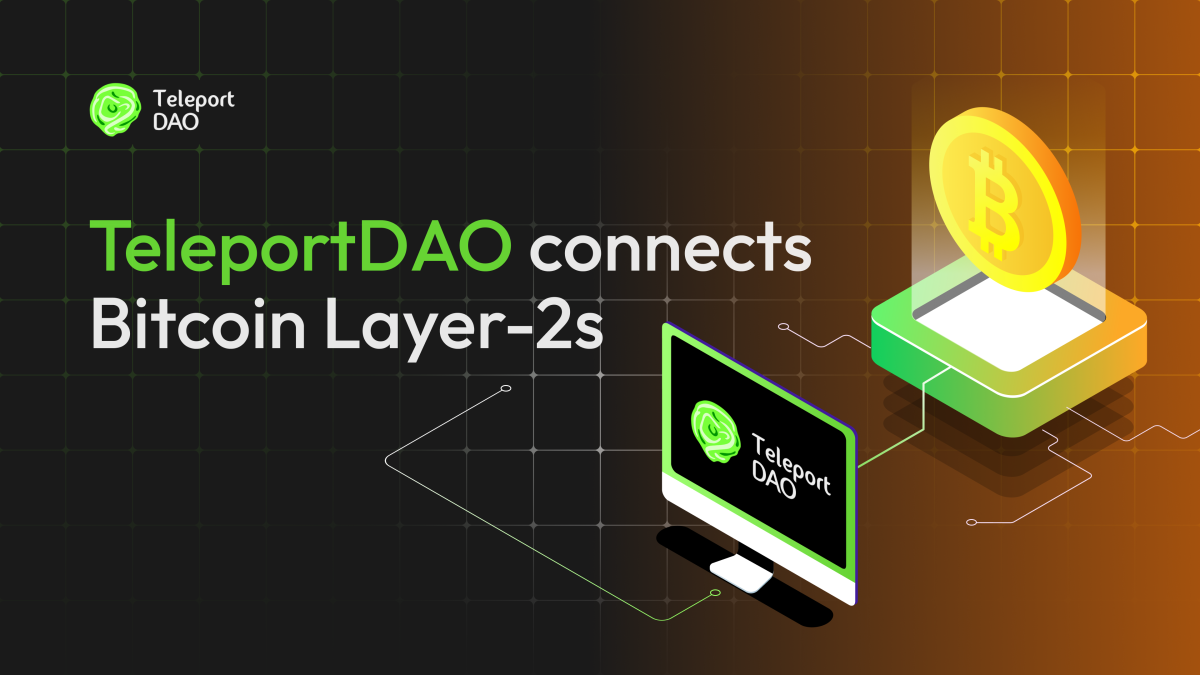What are Bitcoin NFTs Ordinals and how do they work?

Quick Take
- Past changes in the way Bitcoin works have made it cheaper to post fully on-chain NFTs on the blockchain.
- Ordinals has set up its own system to take advantage of this and associate satoshis with their own NFTs.

Bitcoin is no stranger to NFTs, but it's not been much of a friend to them either. That could be all changing as a new kind of Bitcoin-based NFTs called Ordinals emerge.
The first blockchain-based NFTs were made in 2014 on Counterparty, a protocol built on Bitcoin. The biggest collections that came out of this were Spells of Genesis in 2015 and Rare Pepes in 2016.
When Counterparty was taking off, it led to a debate over whether this was a good use of the Bitcoin blockchain. “Using full nodes as dumb data storage terminals is simply abusing an all-volunteer network resource,” Jeff Garzik, then a Bitcoin core developer, said at the time.
The core issue is the use of what’s called OP_RETURN, a function that can be used to store arbitrary data in the blockchain. Bitcoin had a limit that meant you could effectively only store 40 bytes of data using this function, but in 2016 it was increased to 80 bytes.
The 2017 upgrade Segwit made it 75% cheaper to store data with this function, while the 2021 upgrade Taproot made it around 10% cheaper and easier to store this data in single transactions (as opposed to spreading it among multiple ones), according to Bitcoin core developer Peter Todd.
As a result, anyone can now store as much data as they like with this function as long as they’re willing to pay for it and the total block size remains under 4MB.
Introducing Ordinals
That's where Ordinals comes in. It’s still basically a bit of a workaround, but it provides a new way to store NFTs on the Bitcoin blockchain now that it's easier and cheaper to store larger amounts of data.
There are two things that stand out when it comes to Ordinals NFTs. First, they are comprised entirely of on-chain data. This means the actual image for the NFT itself is stored on the blockchain, instead of simply linking to some image that’s stored on an external website. This matches only a select few NFTs on Ethereum, as the vast majority link to external sites.
Swedish researcher (and former Arcane Assets CIO) Eric Wall estimates that storing fully on-chain NFTs is now seven times cheaper on Bitcoin than on Ethereum.
The second standout is that NFTs are connected with individual satoshis. That's different from Ethereum, where NFTs are more natively supported and each one has its own token.
It can get complicated, though. Bitcoins are fungible, meaning each one can be used interchangeably and the only way to separate them is through the complex system of transaction inputs and outputs. Ordinals basically set out to find a way to make fungible Bitcoin non-fungible, and to do that, it decided on a shared logic with the project giving every satoshi a number based on the order in which it was mined. It uses that numbering system, and a few other details, to maintain continuity for the NFTs.
None of this is natively supported by Bitcoin software, and if Ordinals NFT holders aren’t careful, they might accidentally spend their NFTs on transaction fees, as Dennis Porto, general partner at Huat Ventures, noted in a blog post.
What are people using Ordinals for?
With a new tool for creating NFTs on Bitcoin, enthusiasts have already started getting creative with all the possibilities.
Someone paid about $2 a pop to mint a copy of the 100 Ether Rocks — one of the oldest Ethereum NFT projects — on Bitcoin. As Porto noted, each individual NFT has to be minted in its own transaction for its own fee, unlike Ethereum where many NFTs can be minted in one go. You can even see the larger transactions filling up the block they’re contained in.
Wall — and an engineer called Rijndael — took this one step further by mining one of the Trump NFT images onto Bitcoin. Rijndael then transferred it onto a satscard, a device that lets you store and transport Bitcoin like it was a gift card. He noted that the satoshi associated with the NFT was mined in 2009, potentially giving it a bonus attribute.
Other Ordinals NFTs include the Nyan Cat meme, pictures of AI-generated Bitcoin clocks, Rare Pepes cards, Bored Apes and the original dogecoin meme. But so far, these are all unofficial.
© 2023 The Block. All Rights Reserved. This article is provided for informational purposes only. It is not offered or intended to be used as legal, tax, investment, financial, or other advice.

